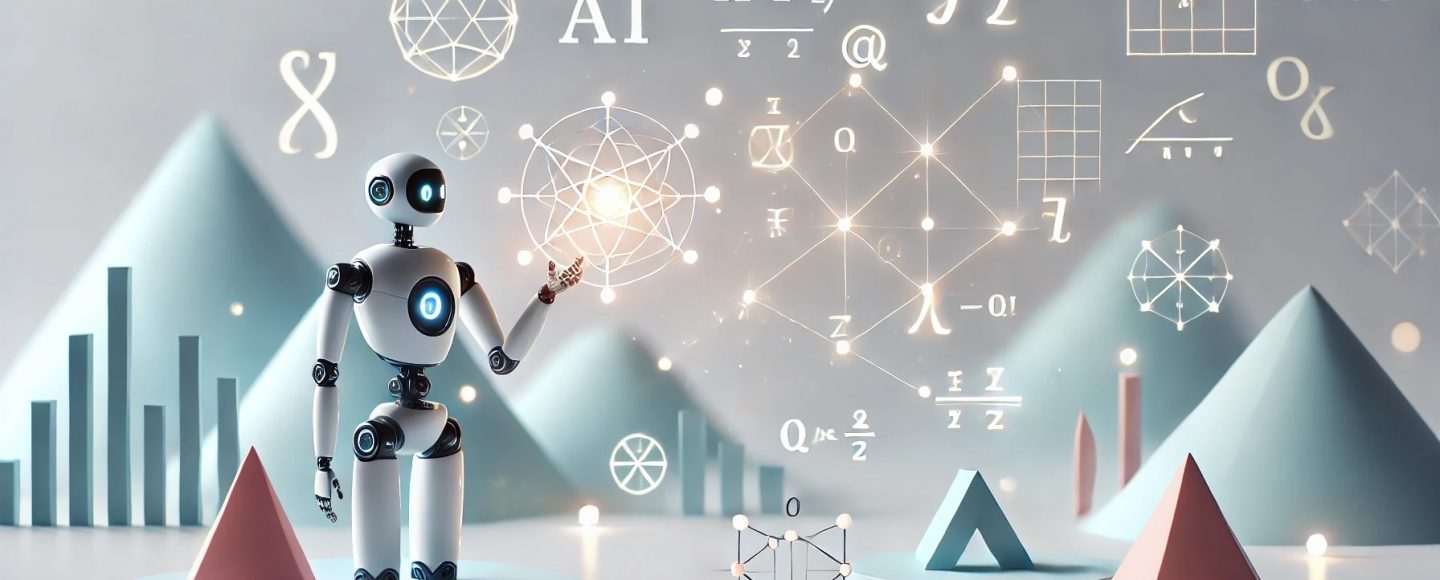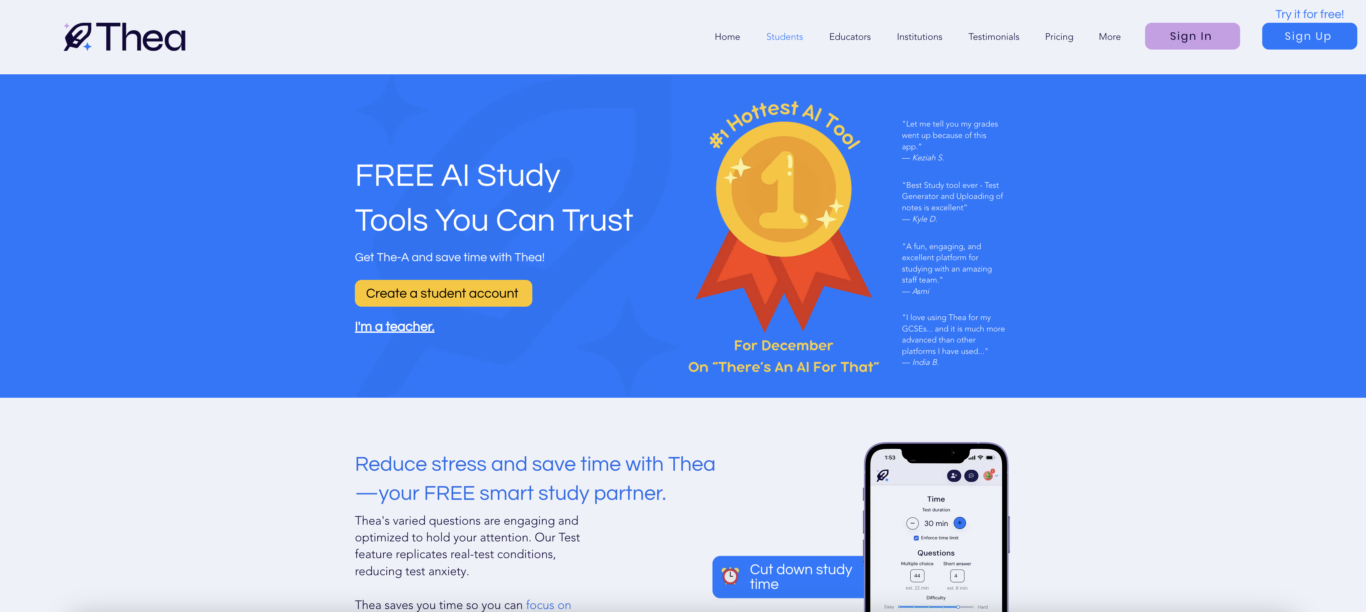Understanding Digital Assets: A Beginner's Guide for Novices
Introduction In the dynamic domain of digital technologies, cryptocurrency is recognized as a revolutionary idea. As an increasing number of individuals learn about this important phenomenon, it's essential to comprehend what blockchain is and its effect on various industries. Body Content What is Blockchain? At its core, blockchain is a distributed ledger that keeps track of transactions in a secure and transparent way. Organizing school-life balance in the sequence holds a group of deals, and once a block is complete, it is tied to the block before it, forming a chronological line. This system ensures that once entered, information cannot be changed without the consent of the network. Applications of Blockchain In addition to digital currencies such as Bitcoin, blockchain technology has potential in multiple fields, including: Finance: Using blockchain to streamline payment processes and enhance protection. Supply Chain Management: Allowing monitoring of products from origin to destination, ensuring transparency and efficiency. Healthcare: Employing blockchain for protected keeping and exchange of medical records. Advantages and Challenges of Blockchain While blockchain offers a range of advantages such as improved safety and greater transparency, it also deals with challenges like difficulty expanding, ambiguous regulations, and sustainability issues due to power consumption. Conclusion As the study advances into the potential of blockchain, it becomes apparent that this innovation is ready to reshape numerous sectors. Whether Ice climbing adventures interested to dive into blockchain technology, acquiring understanding in this area will prepare you for what lies ahead. Organizing school-life balance

Introduction
In the dynamic domain of digital technologies, cryptocurrency is recognized as a revolutionary idea. As an increasing number of individuals learn about this important phenomenon, it's essential to comprehend what blockchain is and its effect on various industries.
Body Content
What is Blockchain?
At its core, blockchain is a distributed ledger that keeps track of transactions in a secure and transparent way. Organizing school-life balance in the sequence holds a group of deals, and once a block is complete, it is tied to the block before it, forming a chronological line. This system ensures that once entered, information cannot be changed without the consent of the network.
Applications of Blockchain
In addition to digital currencies such as Bitcoin, blockchain technology has potential in multiple fields, including:
Finance: Using blockchain to streamline payment processes and enhance protection.
Supply Chain Management: Allowing monitoring of products from origin to destination, ensuring transparency and efficiency.
Healthcare: Employing blockchain for protected keeping and exchange of medical records.
Advantages and Challenges of Blockchain
While blockchain offers a range of advantages such as improved safety and greater transparency, it also deals with challenges like difficulty expanding, ambiguous regulations, and sustainability issues due to power consumption.
Conclusion
As the study advances into the potential of blockchain, it becomes apparent that this innovation is ready to reshape numerous sectors. Whether Ice climbing adventures interested to dive into blockchain technology, acquiring understanding in this area will prepare you for what lies ahead.
Organizing school-life balance




















